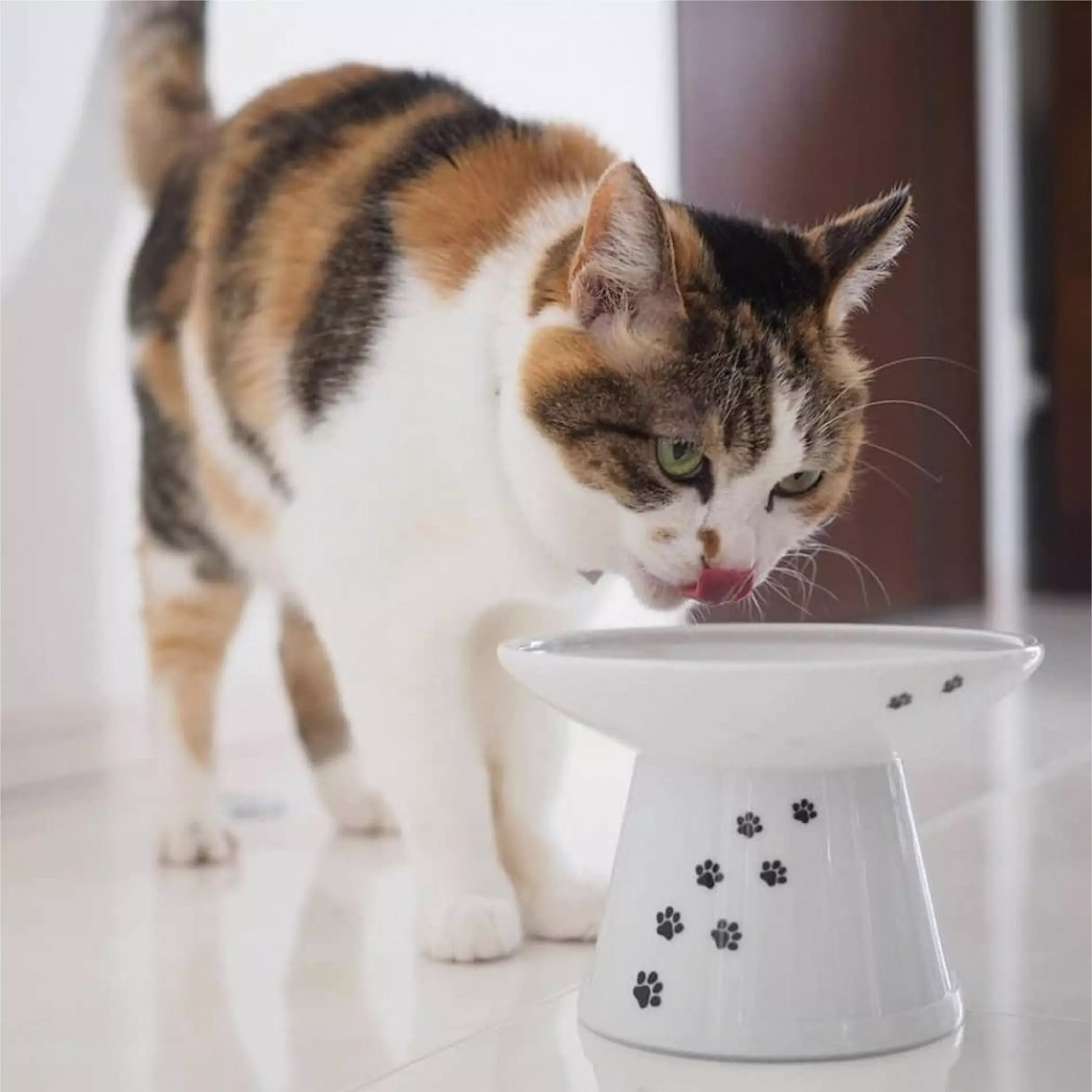Whisker fatigue, often overlooked by cat owners, is a pressing issue that significantly impacts the well-being of many felines. While most pet parents focus on providing food, water, and love, the subtleties of whisker sensitivity often go unnoticed. This article aims to shed light on whisker fatigue, exploring its causes, identifying its symptoms, and outlining effective remedies to ensure your cat’s comfort during mealtime.
Cats possess specialized sensory organs known as whiskers, or vibrissae, which serve as a crucial tactile tool that helps them navigate their environment. These highly sensitive hairs contain nerve endings that allow cats to gauge their surroundings, including size and proximity of objects. However, when whiskers encounter constant contact with narrow food or water bowls, they can become overstimulated, resulting in whisker fatigue. This condition can lead to distress and discomfort, making it essential for cat owners to recognize and address the issue.
Understanding the culprits behind whisker fatigue can help reduce its incidence. Here are the primary factors contributing to this condition:
1. **Inadequate Feeding Bowls**: Deep and narrow bowls are often the principal offenders. When cats lean into such containers to eat, their sensitive whiskers press against the sides, creating discomfort and irritation.
2. **Feeding in Crowded Spaces**: Many cat owners may have multiple cats that share a common feeding area. This arrangement can lead to an inadvertent collision of whiskers, exacerbating the stress associated with feeding time.
3. **Unclean Bowls**: Dirt and bacteria can irritate a cat’s whiskers. Leftover food and residues in feeding bowls not only compromise hygiene but also increase the risk of whisker fatigue.
4. **Prolonged Eating Times**: Cats that have slow eating habits or graze throughout the day may experience continuous stimulation of their whiskers, which can lead to discomfort over time.
Recognizing the signs of whisker fatigue is crucial for prompt intervention. Here are the telltale symptoms to watch for:
1. **Decreased Appetite**: Cats suffering from whisker fatigue may show reluctance to eat, skipping meals or displaying a sudden aversion to their food.
2. **Pawing at Bowls**: If your cat starts to paw around its food bowl, it might be an indication that it is uncomfortable due to whisker fatigue.
3. **Eating from the Floor**: Cats with whisker fatigue may knock food out of their bowls, opting to eat directly from the floor where whisker contact is minimized.
4. **Behavioral Changes**: Increased irritability, anxiety, or even aggressive behavior around mealtimes can indicate that a cat is experiencing discomfort from whisker fatigue.
Thankfully, there are practical steps that owners can take to alleviate whisker fatigue and enhance their cat’s dining experience:
1. **Opt for Shallow, Wide Bowls**: To minimize whisker contact, choose feeding bowls that are both wide and shallow. Materials like stainless steel or ceramic are ideal, as they are easy to clean and don’t produce odors.
2. **Separate Feeding Areas**: If you have multiple cats, ensure that each has a designated feeding area. This will reduce the likelihood of whiskers touching during mealtimes.
3. **Maintain Hygiene**: Regularly clean your cat’s food and water bowls. Keeping these containers clean will eliminate irritants that can contribute to whisker fatigue.
4. **Consider Flat Surfaces**: Use plates or shallow dishes for feeding. These alternatives can help reduce whisker contact, allowing your cat to eat with more comfort.
5. **Utilize Slow Feeder Bowls**: For fast eaters, slow feeder bowls can help control portion size and pace. This strategy not only aids in reducing whisker stimulation but also promotes better digestion.
6. **Monitor Behavior**: Keep an eye on your cat’s eating habits. If signs of whisker fatigue persist despite these adjustments, it may be time to consult a veterinarian for further advice.
Whisker fatigue can be a significant source of discomfort for cats, often manifesting in subtle ways that can easily be overlooked. By understanding its causes, recognizing the symptoms, and taking proactive steps to remedy the condition, cat owners can enhance their furry companions’ meal experiences. Prioritizing your cat’s comfort is essential for their health and happiness; a cat free of whisker fatigue is a step toward a fulfilling and joyful life for both you and your feline friend.
